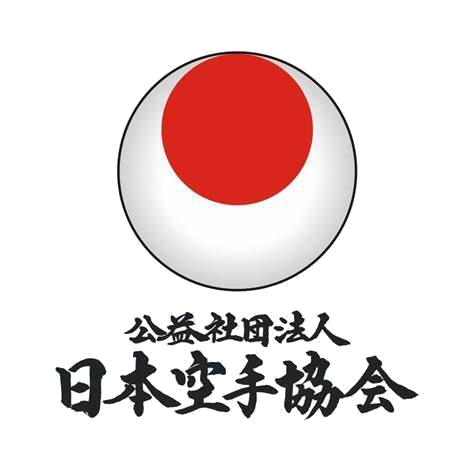Kumite
Kumite (組手) means sparring (literally "meeting of hands"). In kumite, two karatekas engage in combat training with blocks and attacks from kata and kihon. Sparring is the only facet of karate that requires a partner. The principles of kihon still apply to kumite where the karateka must apply proper techniques, demonstrate correct power and speed, and, above all, exercise good control. Full contact is prohibited and students intend to hit the gi, instead of the actual body, while mentally aiming through the opponent. Beginner and intermediate students usually train yakusoku-kumite, or "sparring with announcement." In this type of kumite, the attacker announces what the attack and target will be (e.g. oi-zuki jodan). The defender must then block or evade the attack and launch an effective counter-attack. Advanced karateka practice jiyu-kumite, or "free sparring." In this type of sparring, attacks and combinations are thrown at will by both partners, without announcement. Kumite teaches many lessons including a versatile focus on the opponent, training for conflict, development of assertiveness and self-control, and realization of serenity in stressful situations.
| kihon-gohon-kumite | basic five step sparring |
| kihon-sanbon-kumite | basic three step sparring |
| kihon-ippon-kumite | basic one step sparring |
| jiyu-ippon-kumite | semi-free sparring |
| jiyu-kumite | free sparring |
| yakusoku kumite | announcement sparring |
| shiai-kumite | competition sparring |
| shobu-ippon-kumite | one point match |
| sanbon-ippon-kumtie | three point match |
| ippon | one point |
| waza-ari | half point |
| oyo-kumite | application sparring |
| jiyu-kamae | freestyle position |
